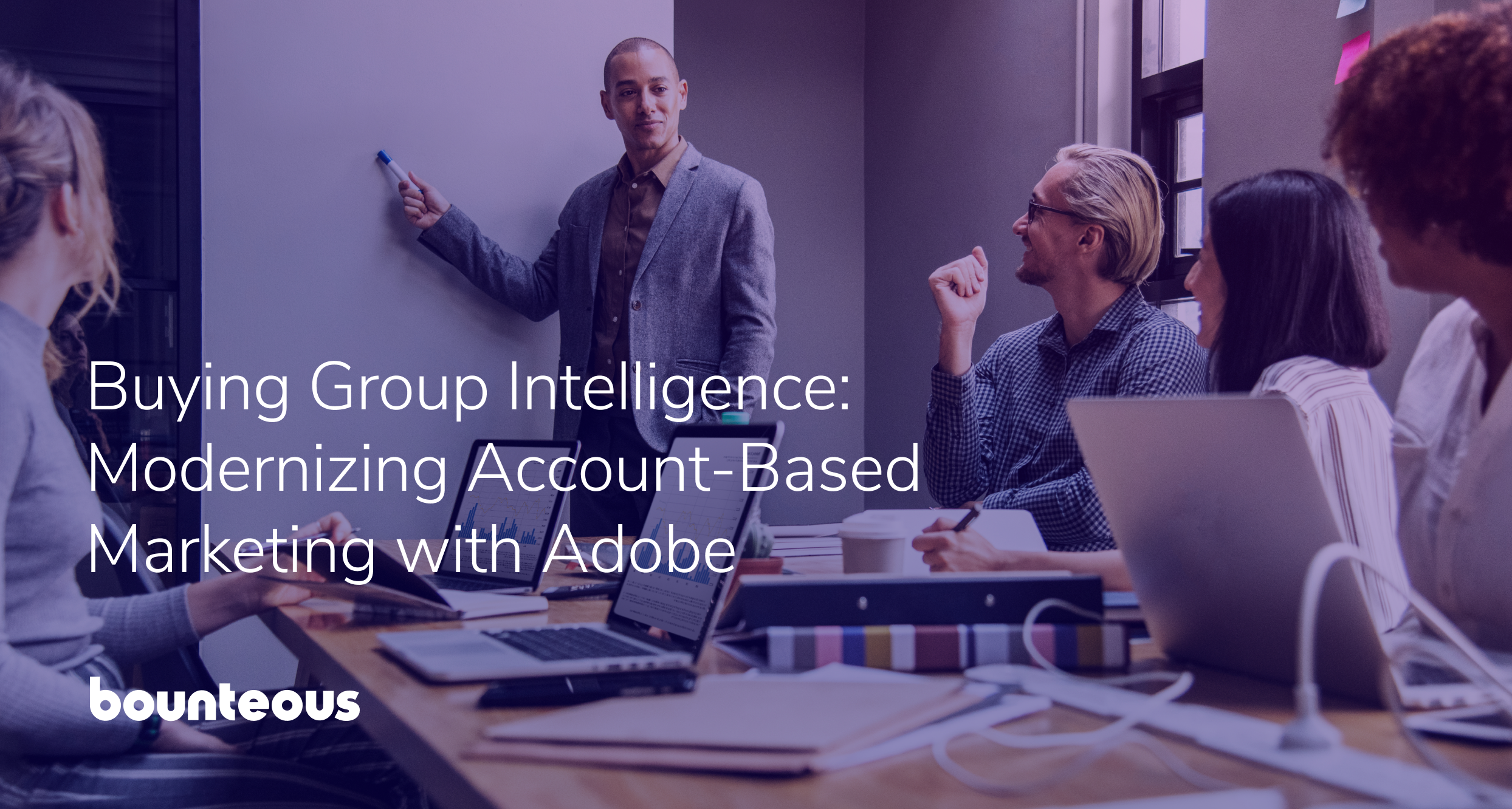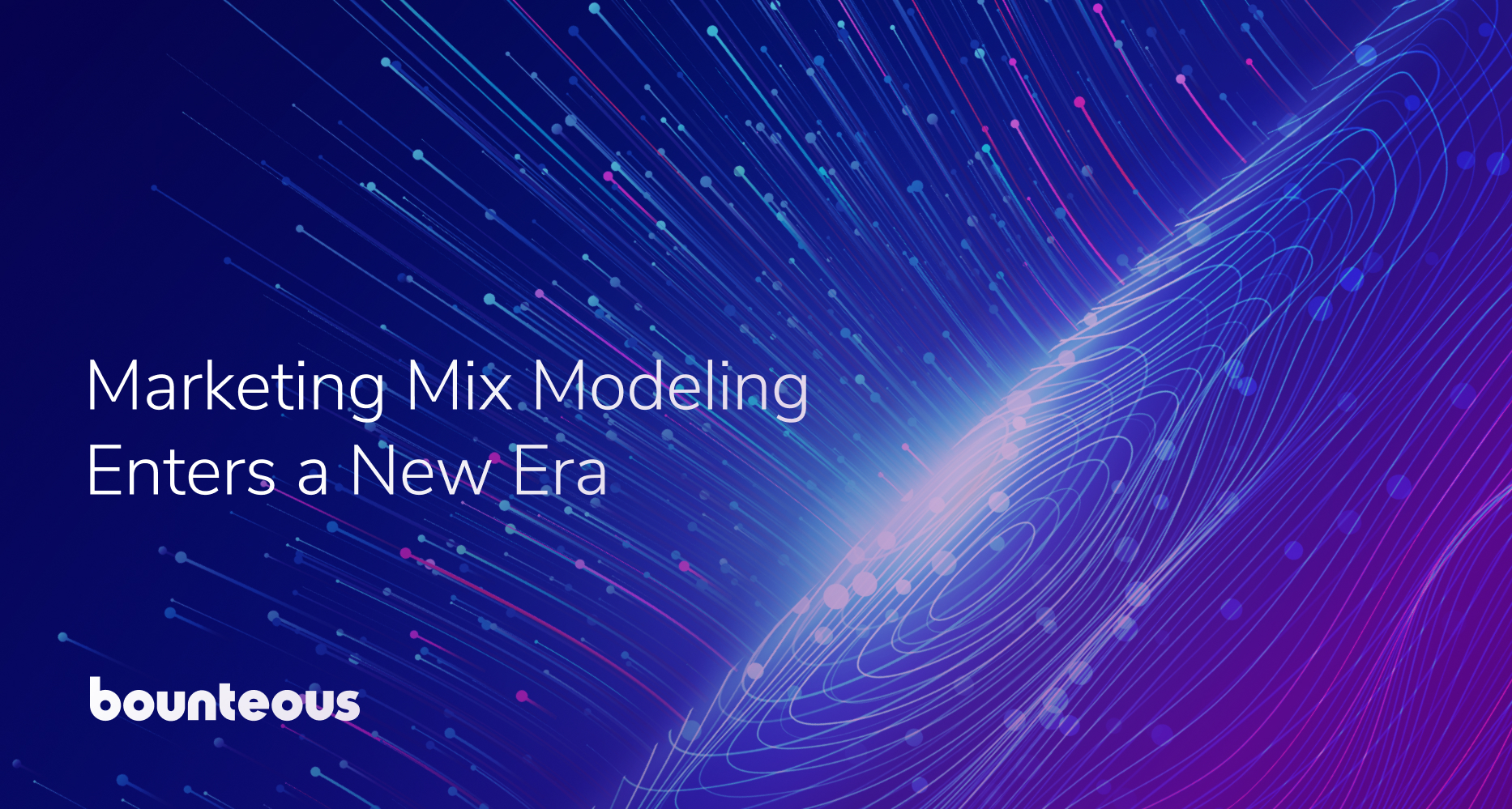Buying Group Intelligence: Modernizing Account‑Based Marketing with Adobe

As the Business-to-Business (B2B) landscape grows increasingly complex, the ability to effectively differentiate your B2B business from the competition requires a shift toward innovative strategies that transcend traditional methods. An expert understanding of your leads, accounts, and buying committees is essential to deploy personalized B2B experiences at speed and at scale. While the tools and mechanics required for B2B success (specifically, lead generation and account-based marketing platforms) are readily available, the ability to comprehensively integrate lead, account, and buying group strategies has remained elusive. A cohesive B2B strategy that utilizes precision instruments, like Adobe Journey Optimizer B2B Edition, is crucial for aligning sales and marketing efforts to enable superior account experiences and growth.
The Changing Face of B2B Marketing
Historical B2B marketing methods relied heavily on lead generation strategies, often leading to disjointed sales processes and misaligned objectives between marketing and sales teams. This lead-based effort aimed to broaden sales pipelines by generating a high number of leads. This approach fundamentally prioritized quantity over quality, holding marketers accountable for the volume of Marketing Qualified Leads (MQLs) they surfaced. Too often, however, that volume did not fully translate into quality, causing sales teams to waste valuable time nurturing unqualified leads.
Account-based marketing (ABM) strategies emerged from this environment to bring marketing and sales teams together under a shared accountability model. B2B organizations quickly welcomed the opportunity to proactively engage priority accounts with carefully curated experiences. The result was a significant increase in pipeline velocity for top-tier accounts. However, it came at the expense of resource constraints and in response to the need to balance account-based strategies with continued lead funnel support. Too often, holistic ABM strategies also suffered from process inefficiencies, longer deployment cycles, and inconsistent messages across channels and customer lifecycle stages. Additionally, the inability to engage individual contacts at target accounts in a scalable yet cost-effective way casts a deep shadow over ABM program effectiveness.
Buying Groups: A Strategic Imperative
Buying Groups, or the committees of individuals at an account who collectively influence B2B purchase decisions, have long been a core component of ABM. The individuals within these groups are typically diverse, each with distinct roles, responsibilities, and levels of influence over purchasing decisions. While ABM campaigns may occasionally be able to personalize messages at the role level, they’re rarely, if ever, able to collectively compute the effect of the individuals’ behaviors on the Buying Group or the Account’s propensity to buy overall.
Consider the following example: an independent software vendor wants to sell its accounting SaaS platform to enterprise prospects. Bounteous has been on both sides of the equation here, both as purchasers of tools like this and helping our clients lead their B2B sales efforts. In this example, we can imagine that the prospect’s Director of Accounting may be the primary target, but that they may also need approvals or input from a variety of stakeholders to make a software purchase (such as their team of accountants, VP of Finance, and Procurement Officer). The Director may be the primary contact for the software purchase, but they must obtain varying levels of buy-in and approval from multiple stakeholders before they can act. A traditional ABM strategy may identify these individuals as members of the buying committee but will typically treat them similarly: as members of a single account.
Challenges arise when these stakeholders disagree: the Accounting Staff may be highly engaged and responsive, but if the Procurement Officer is not aligned, the deal cannot proceed. Even today’s most mature ABM organizations often struggle to calculate the weight of each role in the decision-making process, and even fewer can identify buying roles appropriately or adapt in real-time as roles shift or change. When the simultaneous need to drive demand and identify new leads is factored into the equation, ABM becomes a daunting task.
Unifying Data, AI, and Orchestration to Tailor B2B Journeys for Every Buying Group
B2B organizations win when they run their lead generation and ABM strategies concurrently, deploying highly personalized interactions to each member of the Buying Group while empowering new leads to self-identify as highly qualified accounts. Without the right technology stack, this seamless balance of leads and accounts is elusive, resource-intensive, and not often feasible. This is where a powerful, data-first solution like account orchestration (found in Adobe Journey Optimizer B2B Edition) can help.
Adobe Journey Optimizer B2B Edition is crafted specifically to help B2B marketers capitalize on the power and potential of buying groups. Built on the Adobe Experience Platform, Adobe Journey Optimizer B2B Edition leverages unified account profiles and AI-driven insights to deploy personalized customer journeys to everyone with influence over the purchase decision. This empowers businesses to orchestrate the interactions of key account contacts across every touchpoint, maximizing conversion rates while significantly reducing time to close. It further utilizes behavioral data and AI to identify the buying group roles of new leads and qualify accounts based on collective Buying Group responses. The result is hands-off key account qualification, higher quality leads, optimized sales team efficiency, and a faster sales cycle.
In essence, the shift towards AI-driven Buying Group automation with platforms like Adobe Journey Optimizer B2B Edition signifies a new era for B2B marketing characterized by heightened precision, improved communication, and Buying Group-level account qualification. This innovative approach ensures that a company’s marketing and sales efforts jointly contribute to measurable revenue growth and sustained organizational success.
Getting Started with and Embracing the Buying Group Strategy Mindset
The evolution of B2B marketing has highlighted the limits of both lead-centric and account-based approaches. Today’s reality is that purchase decisions are rarely made by a single individual, but they’re shaped by dynamic, multifaceted buying groups with diverse priorities and perspectives. Success in this environment requires a mindset shift toward strategies that unify sales and marketing, prioritize role-level personalization, and adapt in real time to how groups actually make decisions.
As organizations continue to experiment and mature in their approaches, those that embrace this holistic view of buying groups will be better positioned to navigate complexity, reduce inefficiencies, and create experiences that truly resonate. The future of B2B marketing belongs to teams who recognize that precision, alignment, and agility are not optional, but essential, to building meaningful, lasting customer relationships.


